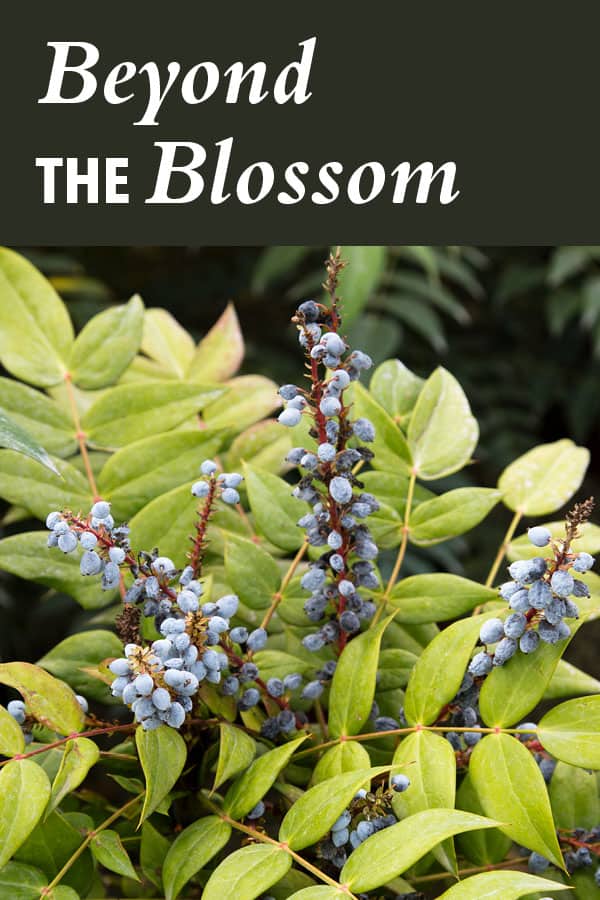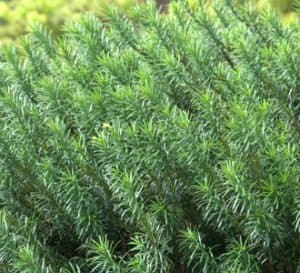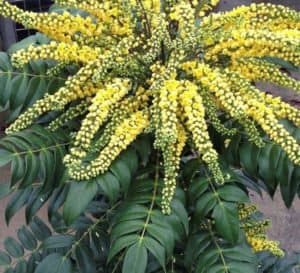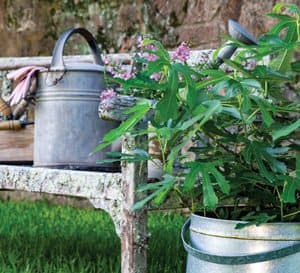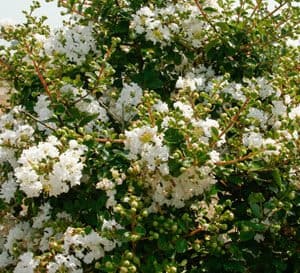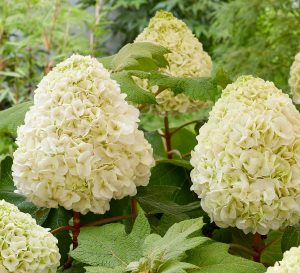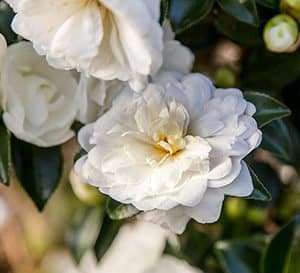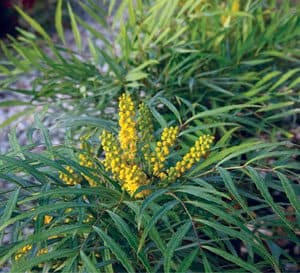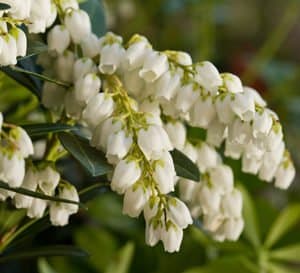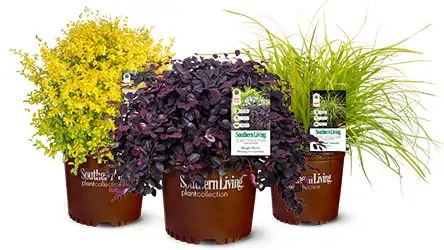By Kimberly Toscano
Foliage and flowers. Bark and berries. Seed pods and stems. These are all natural sources of color in the landscape. While we often gravitate toward blooms when planning for color in the garden, other elements are often more enduring. Considering both long-term and temporal sources of color is important in planning a landscape that shines season after season.
Foliage First
The phrase “foliage first” reminds us of the greatest source for landscape color. Foliage color comes in many forms, from solid hues to variegation to seasonal displays, and in almost any hue of the rainbow. We can use foliage as a foundation upon which a garden’s colors are drawn, or to emphasize and enhance other sources of color. As with any source of color, foliar combinations can be used to create balance or establish the mood of a planting.
Evergreen foliage is an important component of a garden’s structure. Solid-colored evergreens such as Yewtopia®Plum Yew and Baby Gem™Boxwood work to define space in the landscape. More colorful evergreen varieties with foliage color beyond green such as Forever Goldy Arborvitae or ‘Blue Point’ Juniper may be used as an accent.
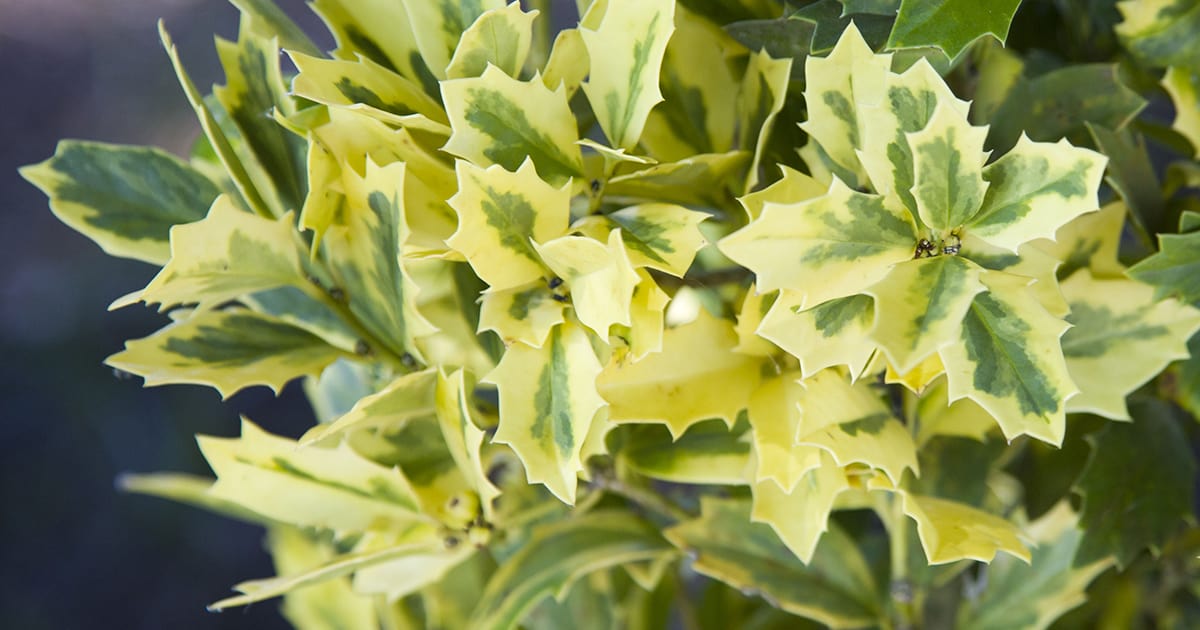
Variegation may be used to augment a color scheme or to create a vibrant focal point. With textured but soft to the touch foliage and creamy-yellow variegation, Golden Oakland™ Holly makes a fine focal point and brightens dark, shady sites. Fall foliage with its riot of color offers seasonal interest and should be treated more like flower color.
Bark
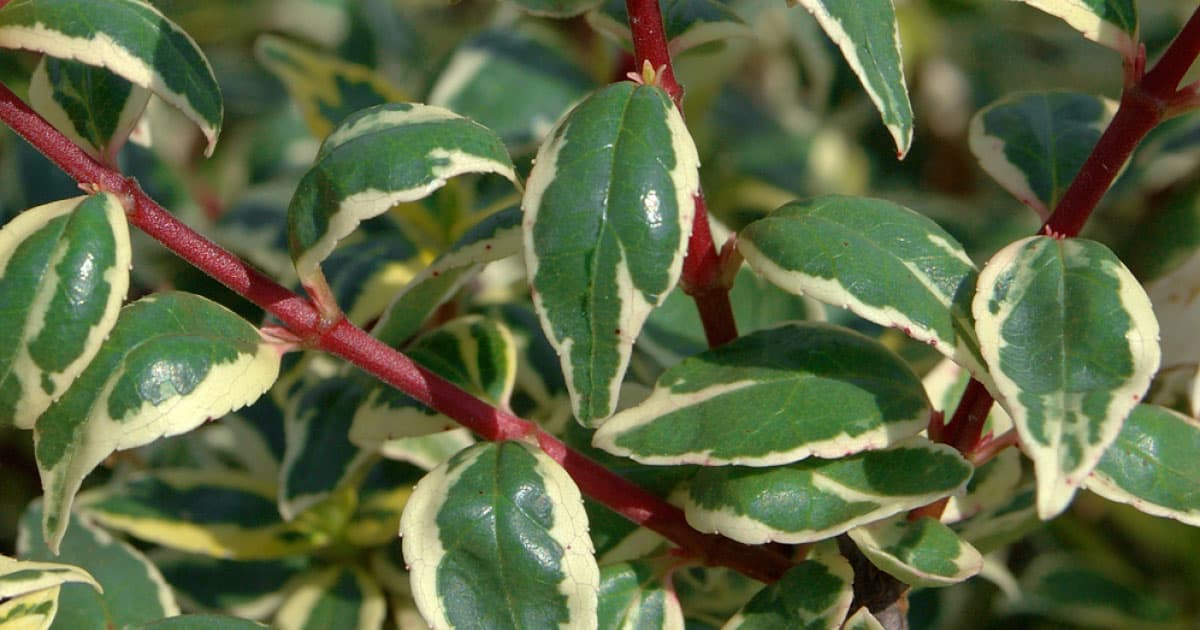
Bark can provide seasonal or year-round interest. The exfoliating bark of Tara™Hydrangea is hidden during the summer, but in winter, when the foliage drops, the stems take on life of their own. The crimson stems of ‘Radiance’ Abelia or ‘Kaleidoscope’ Abelia keep their color all year as do the long legs of an Early Bird™Crapemyrtle. The latter are best seen on specimens that have been pruned to tree-form.
Berries
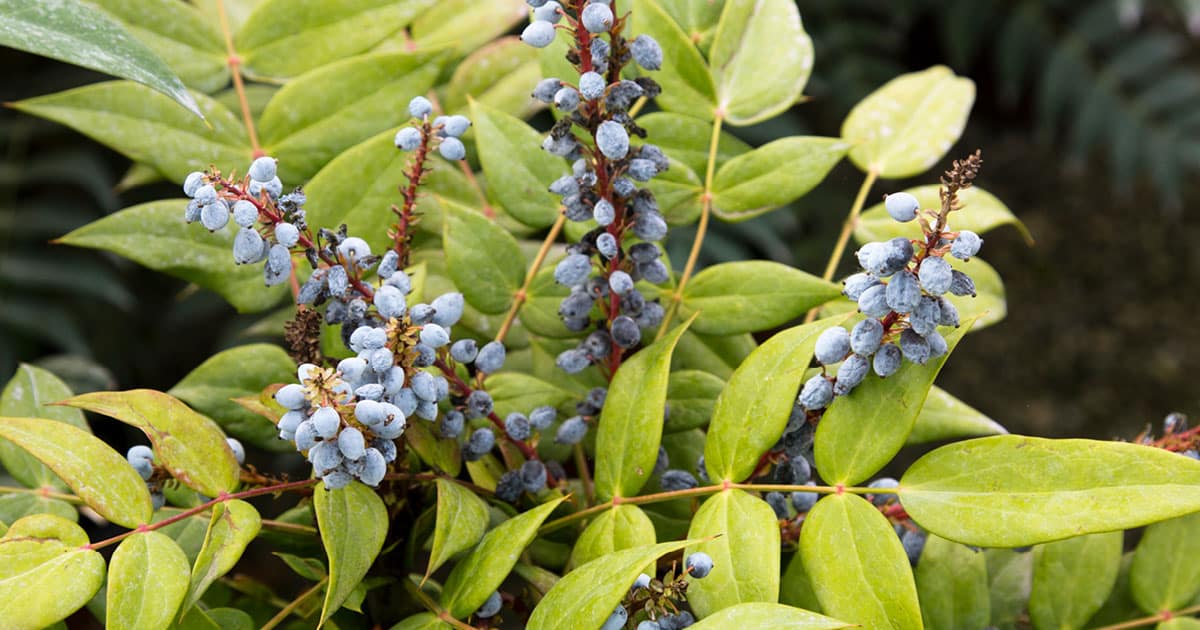
Berries also provide seasonal color. In winter, the bright red berries of Robin™Holly and Snow Joey™Viburnum invite birds to dine in the garden. The blue-black fruits of ‘Marvel’ Mahonia ripen in late summer, just in time to feed migrating songbirds. Even the edible fruits of ‘Little Miss Figgy’ Dwarf Fig add a touch of color to the garden.
Flowers
Perhaps nothing is more seasonal than floral color. The bloom period of flowering plants varies greatly. Given proper care, annuals can bloom all season, from the time they are planted in your garden until the first killing frost. Perennials and shrubs, on the other hand, may bloom for only a few weeks or for months at a time. Grouping annuals and perennials together in a garden can ensure something will be in bloom throughout the season. You can also plant perennials together that will bloom in succession as the season progresses.
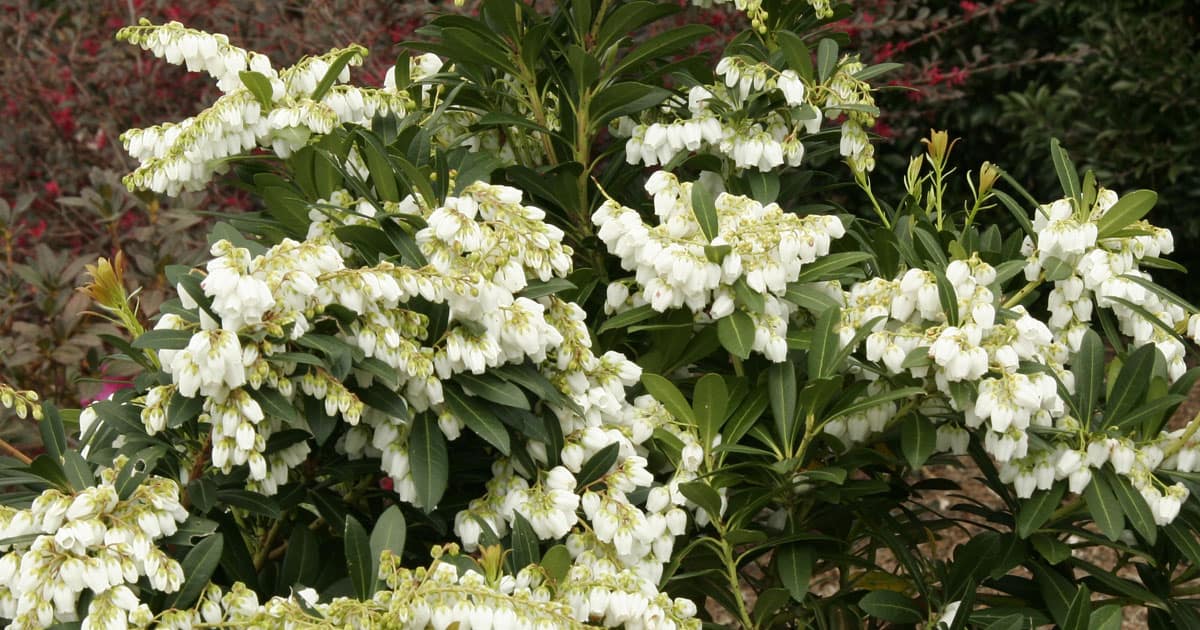
While spring and summer bring plenty of flowers to the garden, incorporate off-season blooms as well. Early-spring bulbs like Heirloom Snowflake and late season bloomers such as October Magic®Camellias can extend the bloom season from snow melt until late fall. In winter, enjoy the pendulous flower buds of Mountain Snow™Pieris and sprays of lemon-yellow blooms on ‘Soft Caress’ Mahonia.
One of the advantages of seasonal color, whether from flower or foliage or fruits, is the ability to design a shifting color palette throughout the year. A spring garden may bloom purple, white and blue, but shift to warmer hues in autumn. When planning for color in the landscape, consider pairing flowers with foliage or berries with blooms. Draw inspiration from your favorite evergreen shrubs or grasses and let your creative spirit run free.
Pin it!
